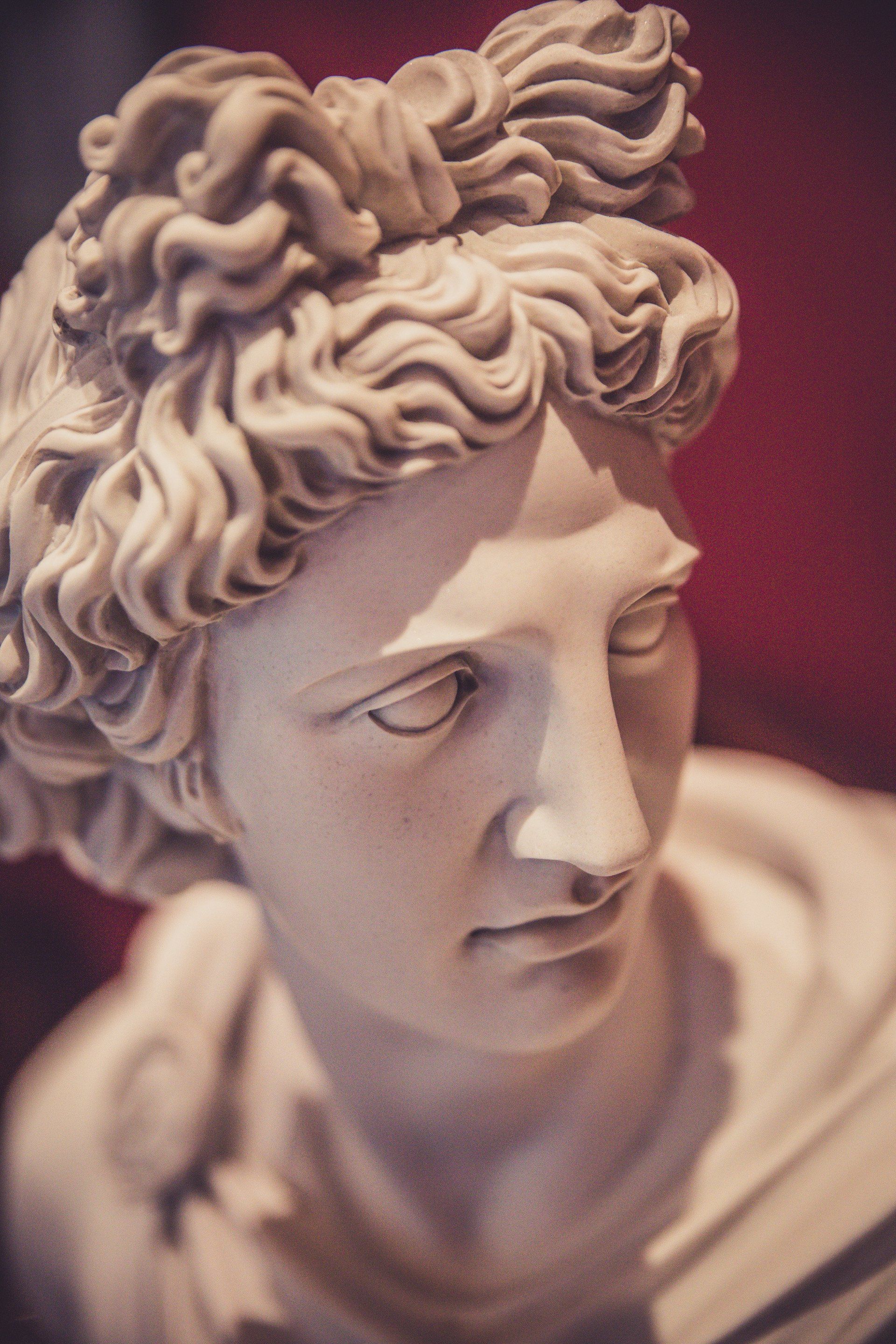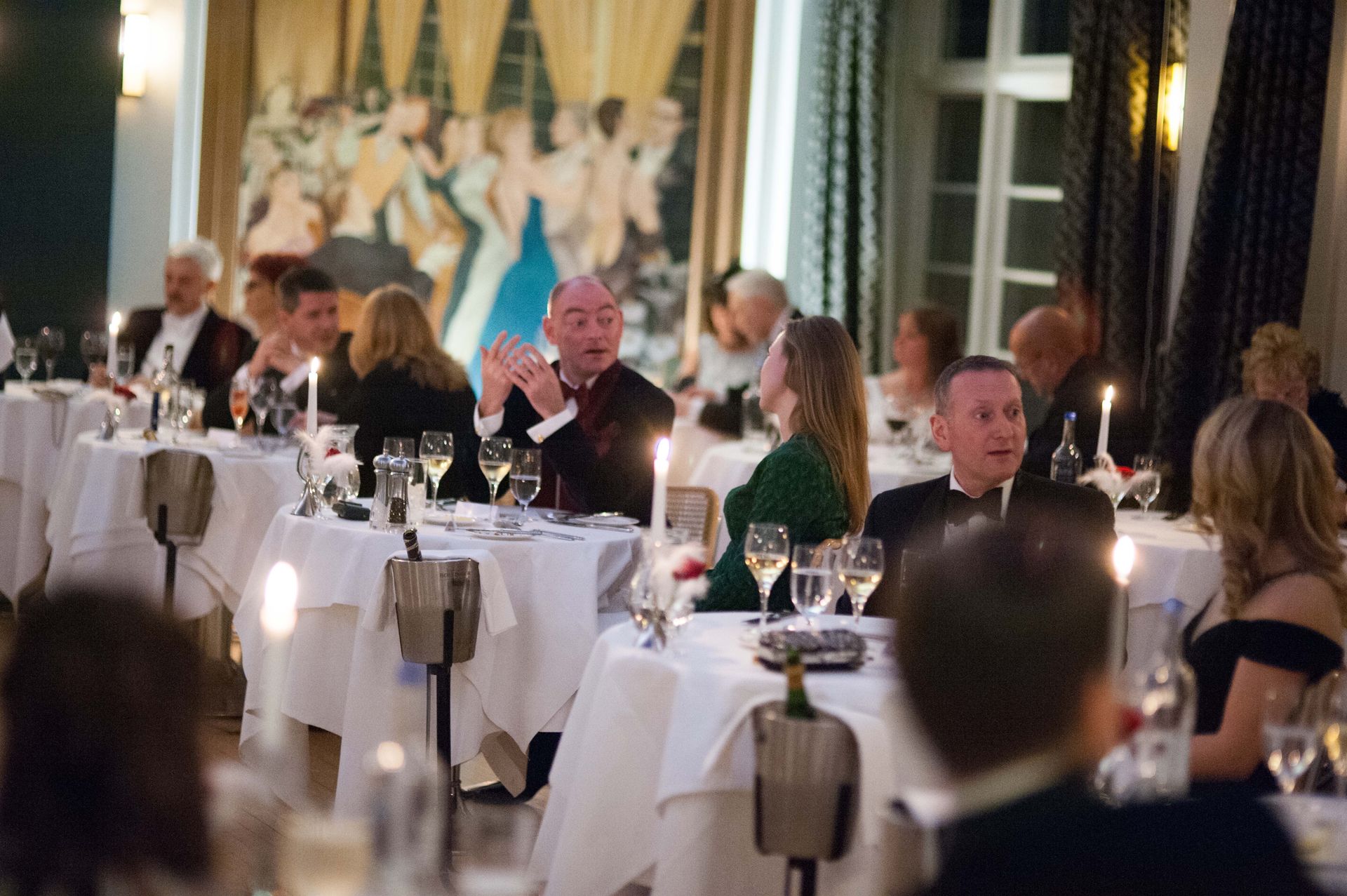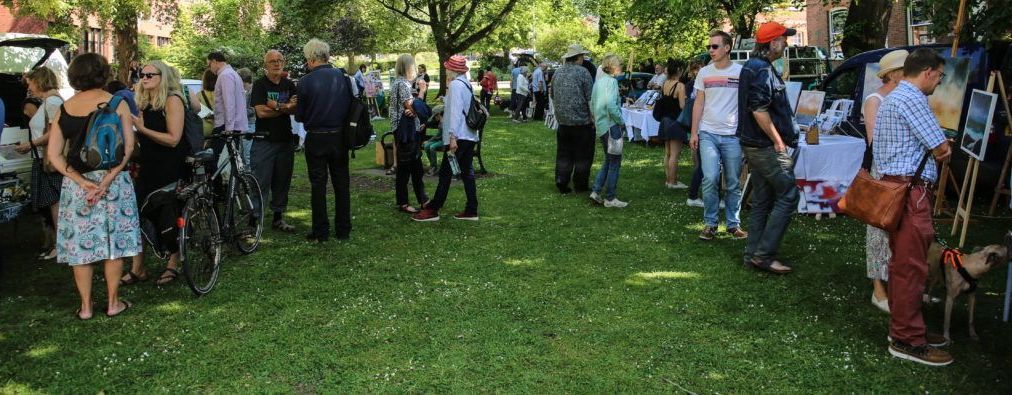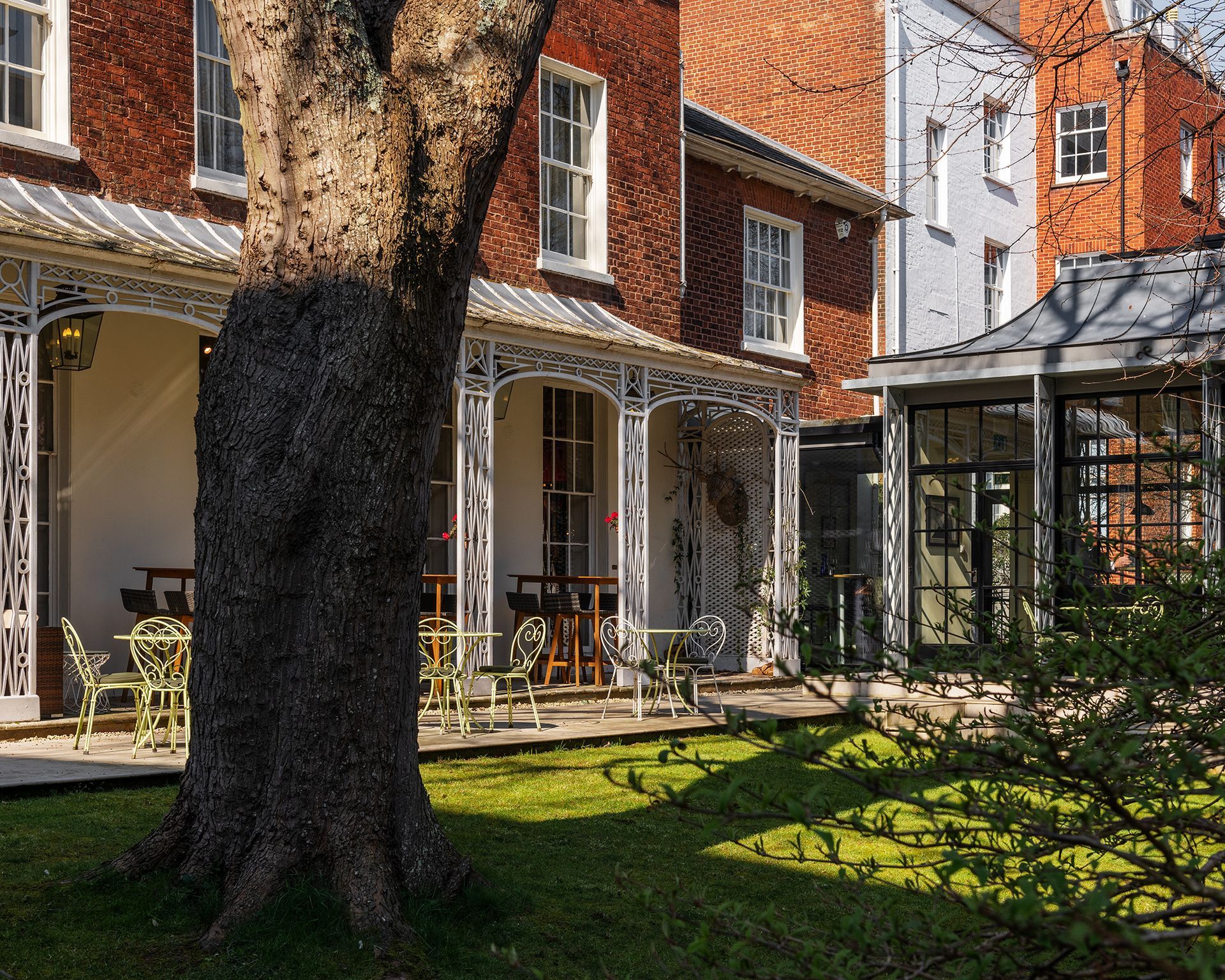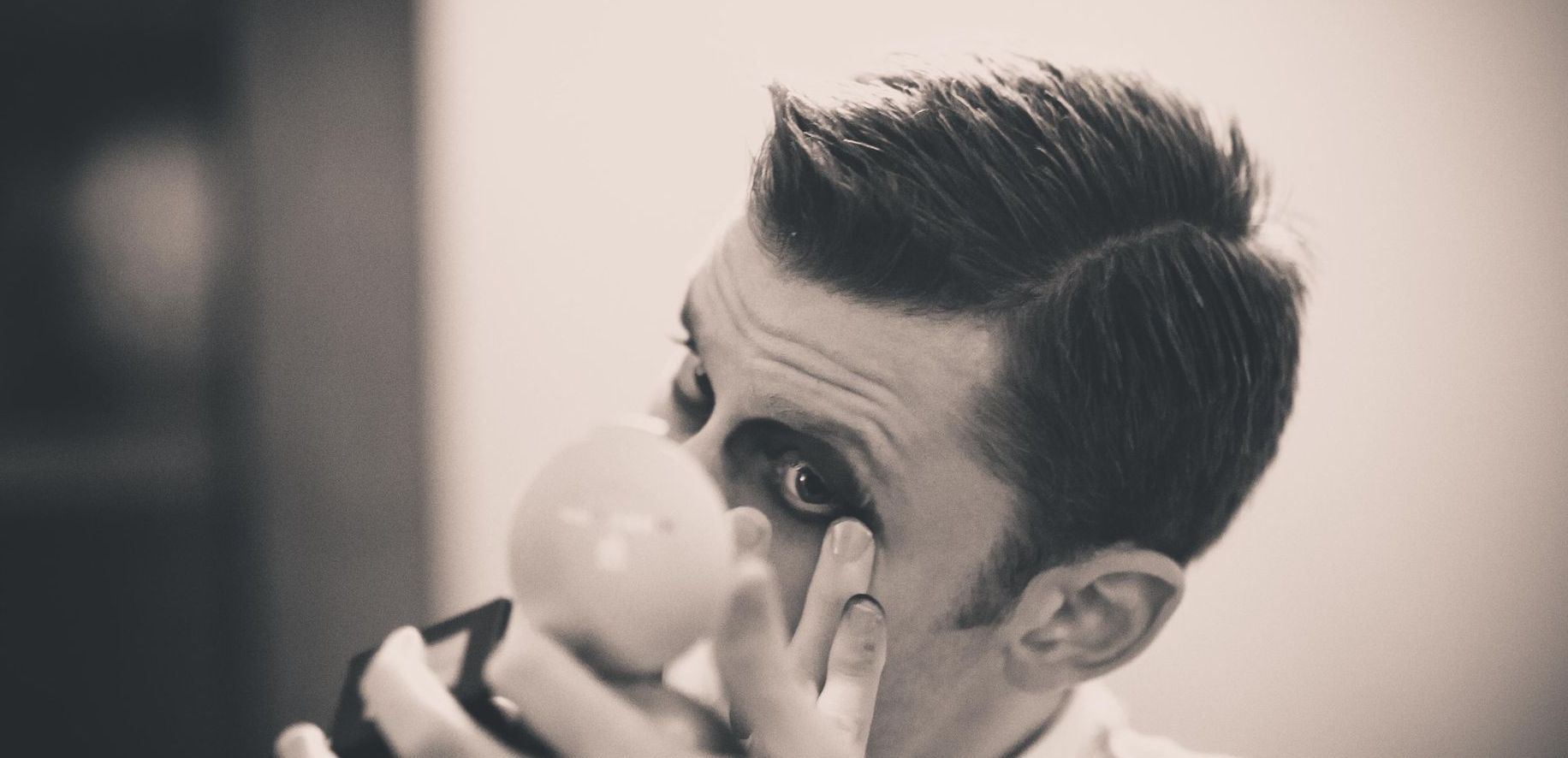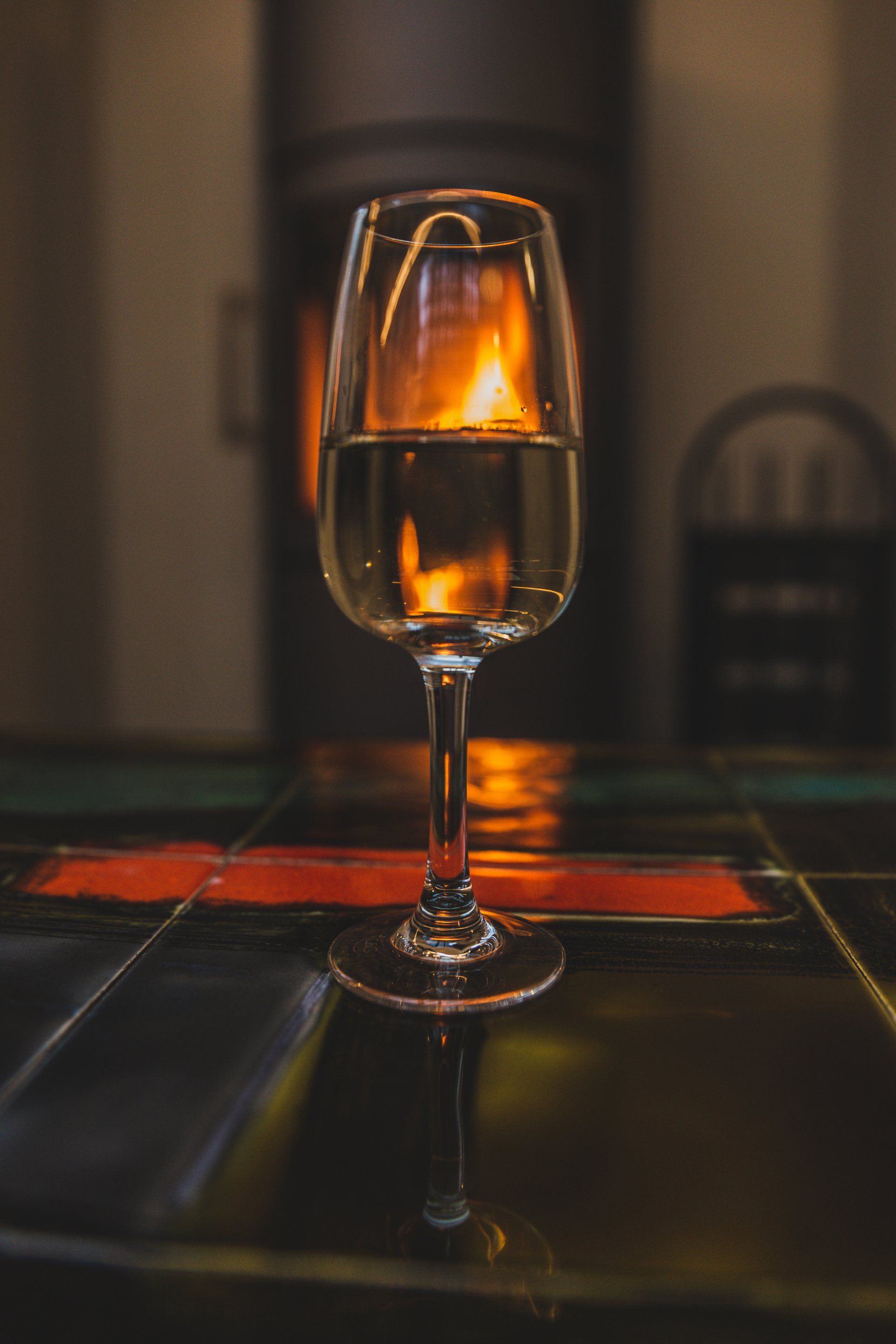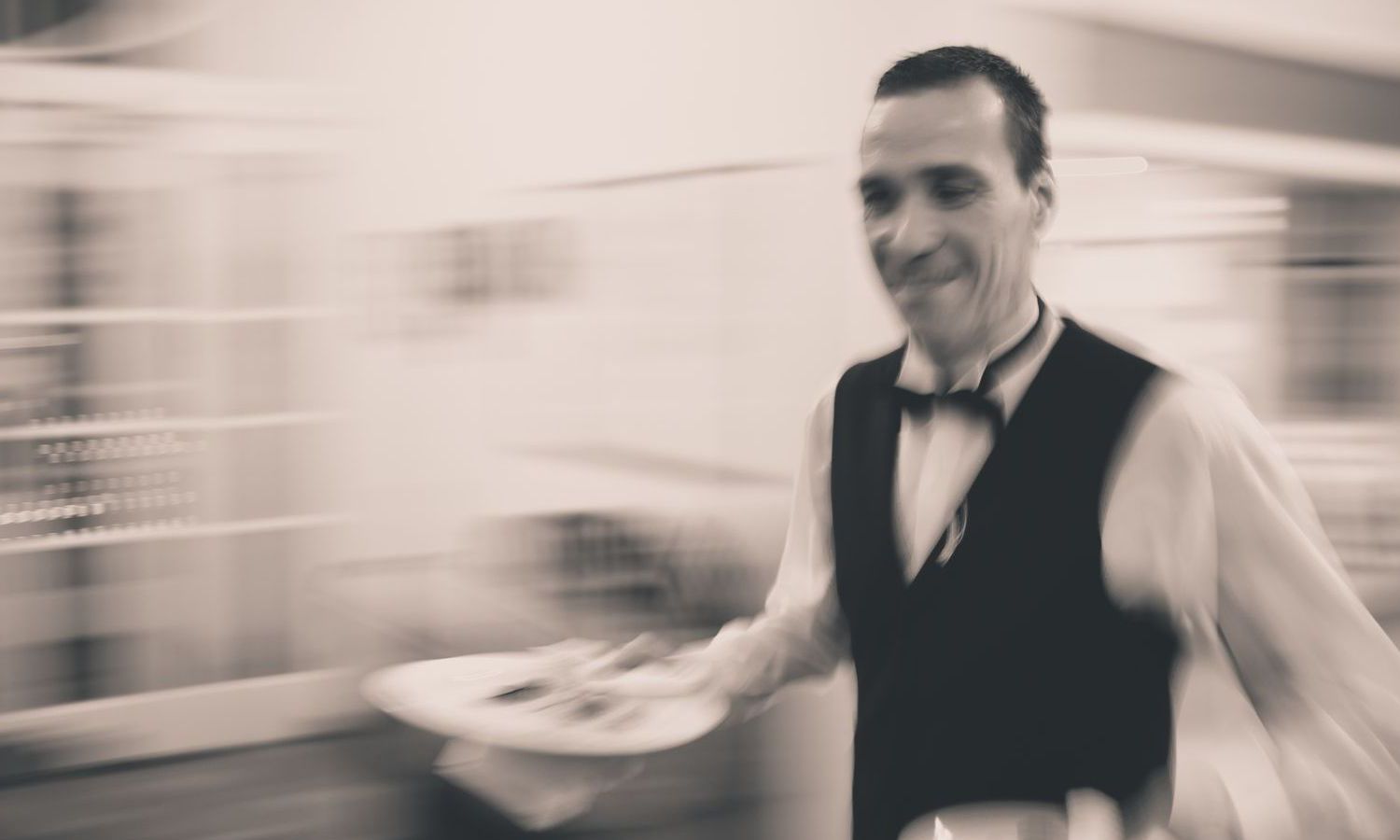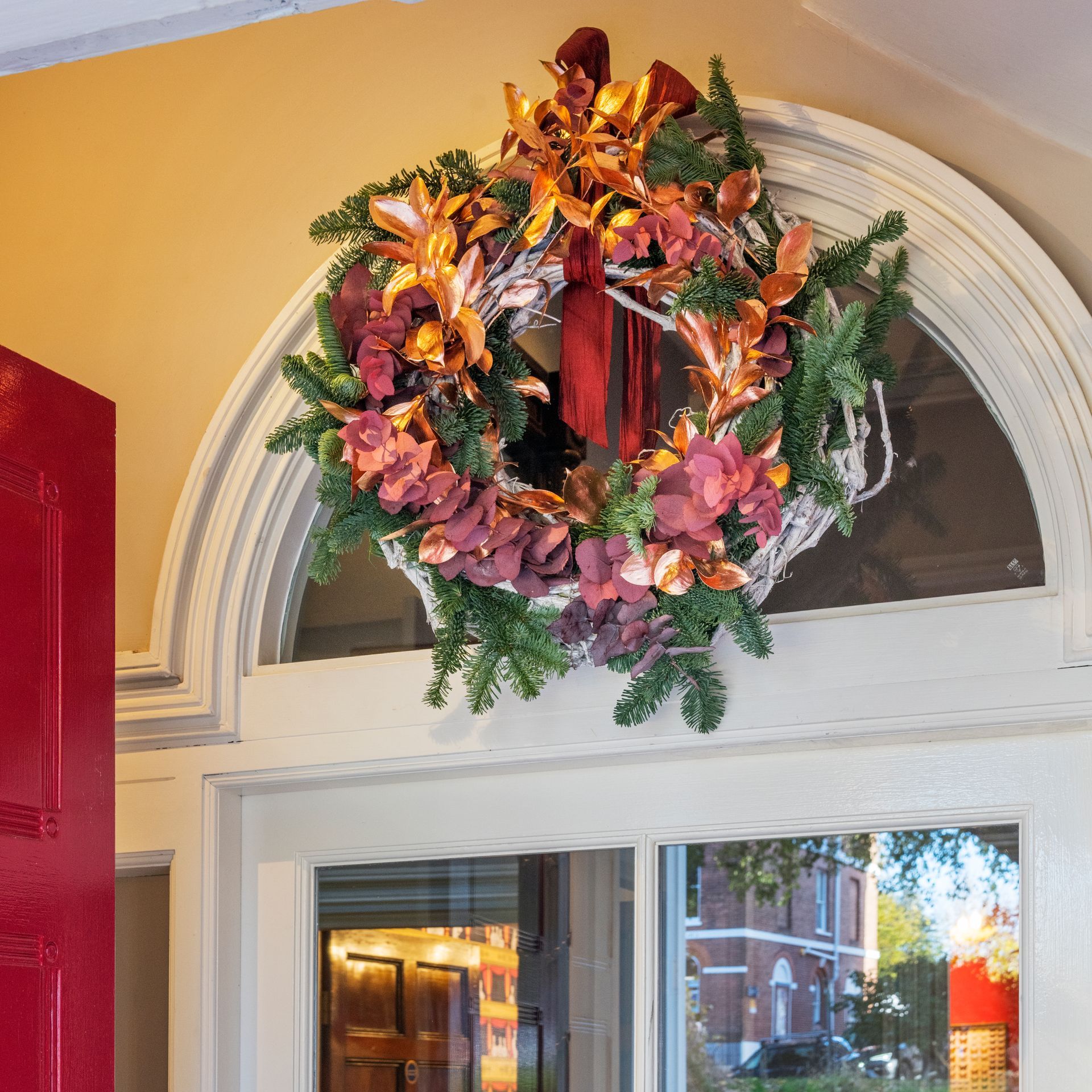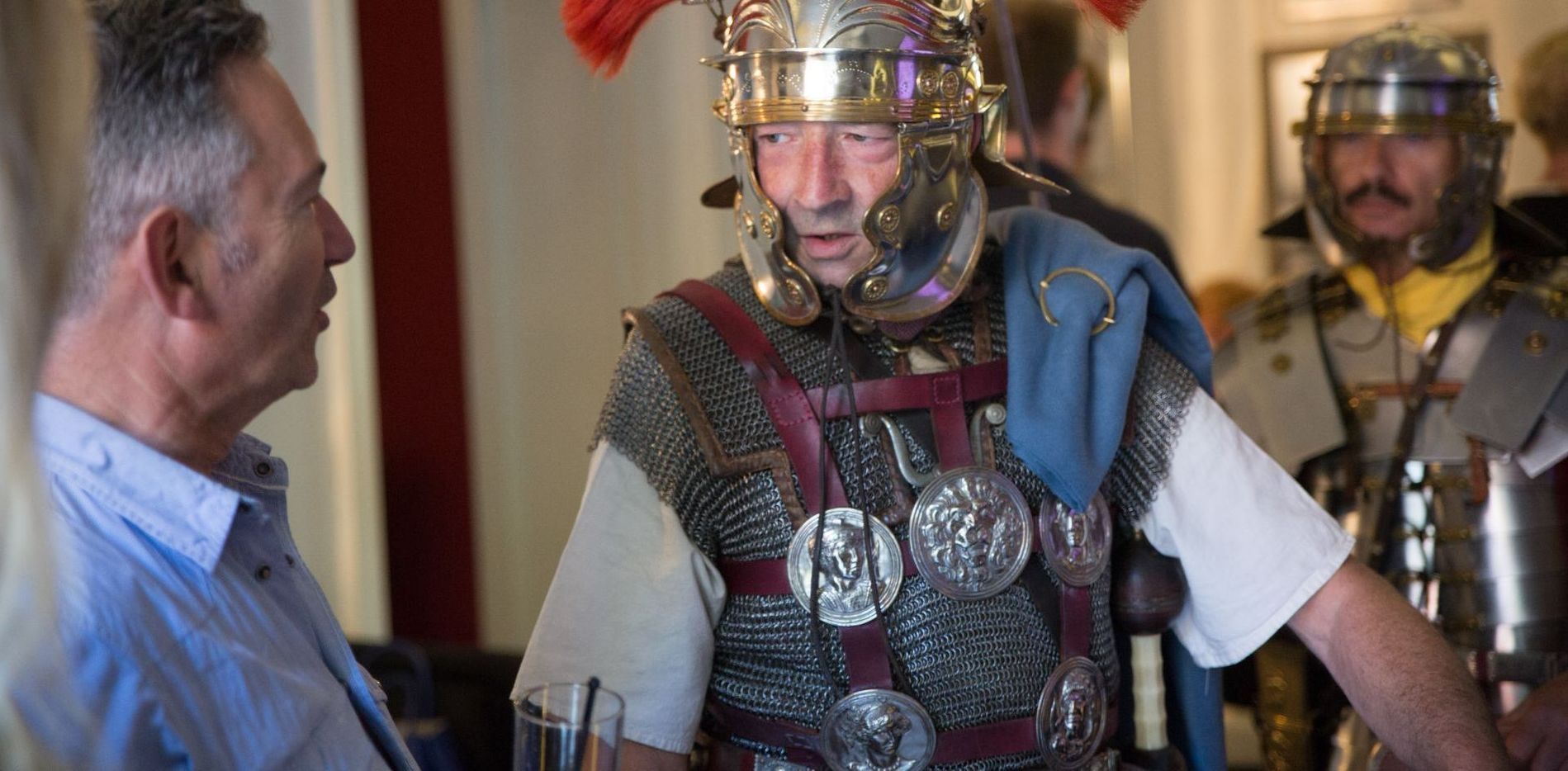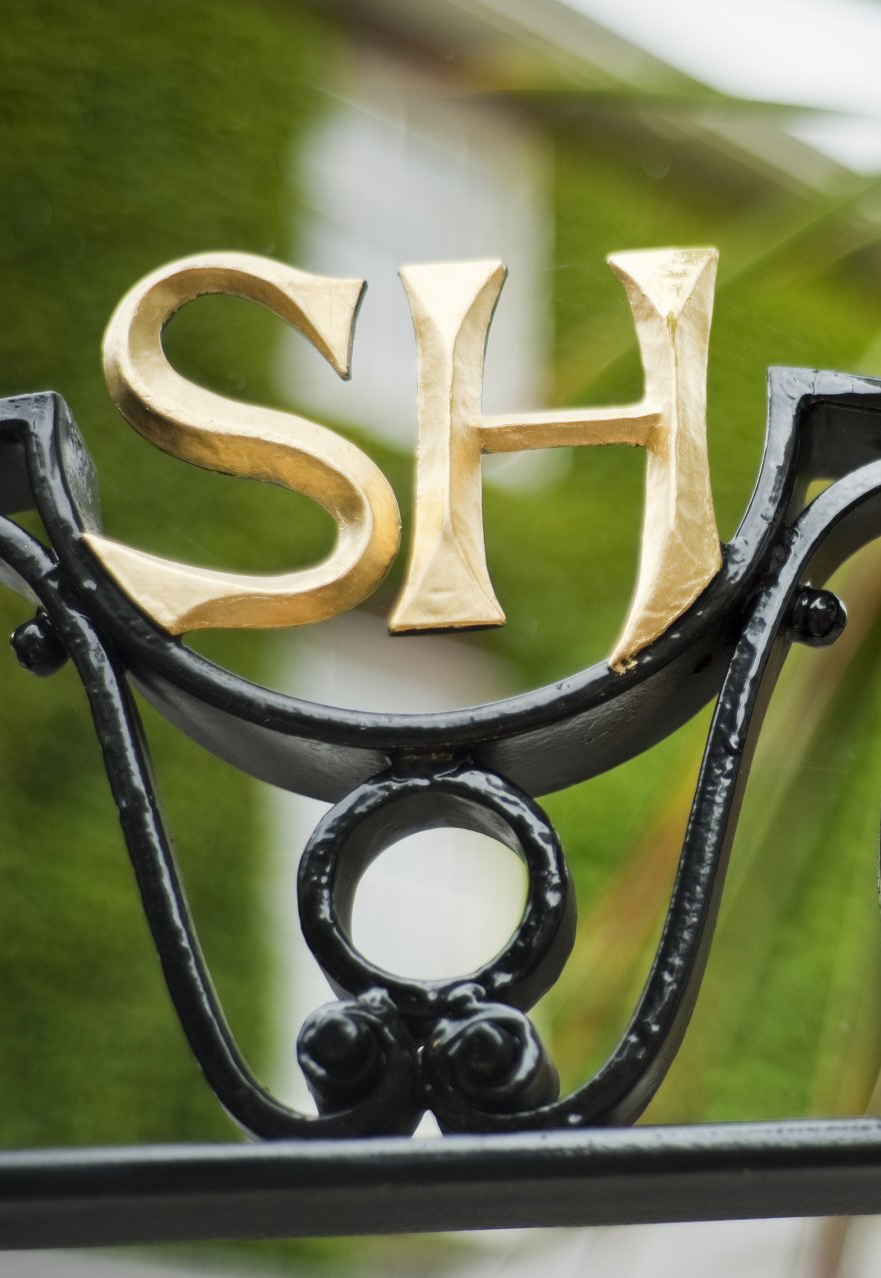SH: People Power
who's been living in our house? taking our building in central exeter and viewing its social evolution
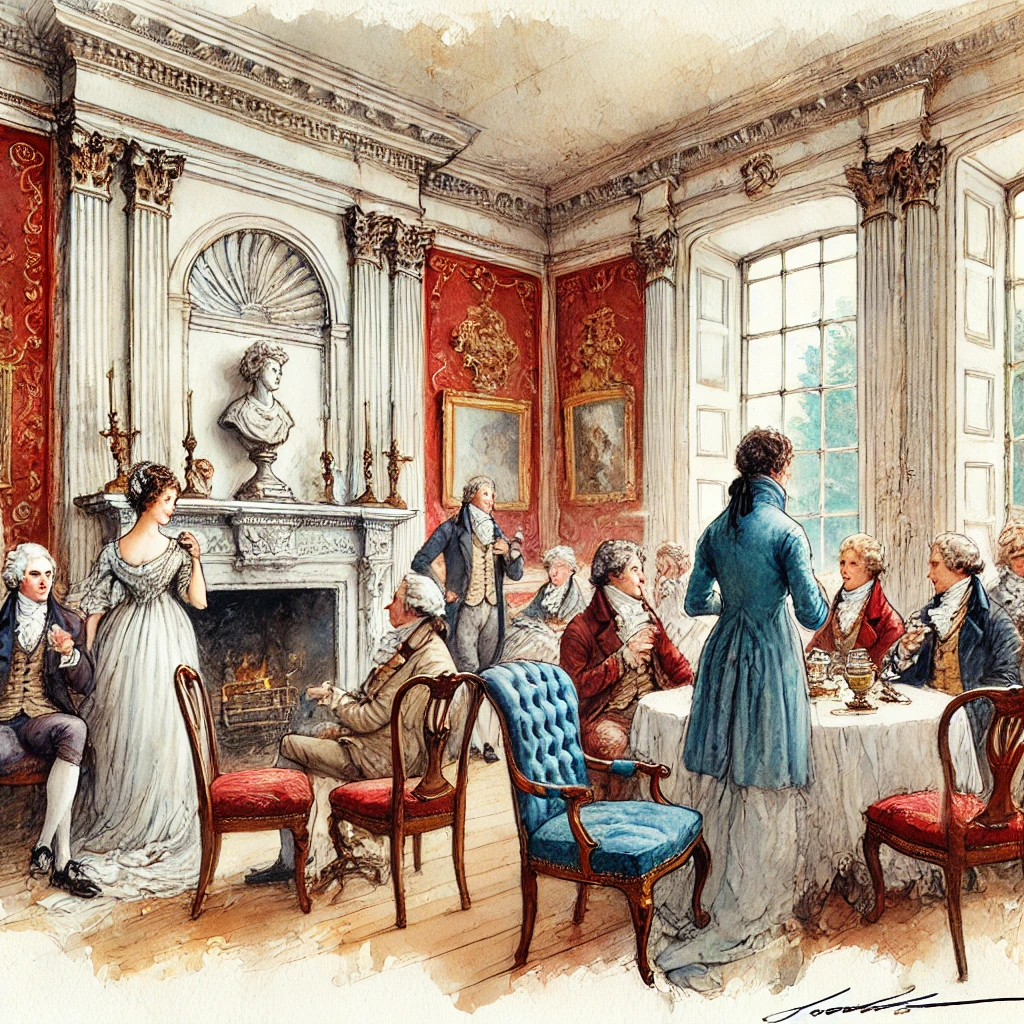
A Reflection of Exeter’s Changing Demographics
In the heart of Exeter’s historic Southernhay district, Southernhay House stands as a testament to the city’s evolving social and cultural landscape. Built in the early 19th century, this Grade II* listed Georgian townhouse has not only served as a residence for prominent figures but has also adapted to changing times, reflecting the shifting demographics and priorities of Exeter’s community.
A Georgian Jewel: Early Occupants
We begin with Major General William Kirkpatrick, who took up residence of Southernhay House shortly after the house’s construction. Kirkpatrick, an officer of the East India Company and a noted diplomat and orientalist, retired to Exeter after a distinguished career. His presence highlights Exeter’s appeal as a prestigious locale for ‘influencers’ of the British Empire. You can find out much more about the colourful Kirkpatrick within the hotel and here.
The early 19th century saw Southernhay emerge as a residential enclave for the city’s growing middle classes. The Georgian terraces, developed by William Hooper and Matthew Nosworthy, became home to professionals such as doctors, lawyers, and retired military personnel. Southernhay House - although not a Nosworthy-Hooper build and distinguished by its comparative grandeur - epitomised this trend, offering elegance and exclusivity to its occupants.
Medical Prestige: The Mid-19th to Early 20th Century
By the mid-19th century, Southernhay House’s proximity to the Devon and Exeter Hospital made it a favoured residence for medical professionals. A succession of affluent doctors, including Arthur Kempe, Dr. Drake, and Dr. Henry Davy, called the house home. Their presence underscored the growth of Exeter as a centre of medical excellence and reflected a broader shift in the city’s demographics, with the rise of skilled professionals in the urban landscape.
The Roper family, spanning three generations of physicians, occupied Southernhay House until 1947. Their tenure marks the peak of the property’s association with the medical elite, reinforcing its role as a hub for Exeter’s professional class.
Post-War Transition: From Residence to Commerce
After World War II, Exeter underwent significant social and economic changes, and Southernhay House’s role evolved accordingly. In 1948, the house became the home of the Exeter and County Club, transforming into a social venue for the city’s business and professional community. This shift from private residence to communal space mirrored broader trends in post-war Britain, where properties were increasingly repurposed to serve collective (albeit masculine) needs.
Later, the building was used as office space by firms of chartered accountants. This commercial adaptation reflected Exeter’s growing importance as a regional economic centre and the declining practicality of large Georgian homes as private residences.
A Modern Revival: Boutique Hospitality
In 2011, Southernhay House began a new chapter as a boutique hotel. Under the ownership of Tony Orchard and Deborah Clark, the property was lovingly restored, blending its historic charm with modern luxury. The hotel’s rooms, named after exotic goods such as Silk, Cotton, and Spice, pay homage to Exeter’s mercantile heritage, a nod to the city’s prominence as a trading hub during the Georgian era.
Today, Southernhay House and its decor serves as a vibrant reminder of Exeter’s rich history while catering to contemporary tastes. Its transformation from a military officer’s retreat to a professional’s residence, then to a commercial venue, and finally to a boutique hotel mirrors the city’s journey through industrialisation, professionalisation, and modern economic diversification.
